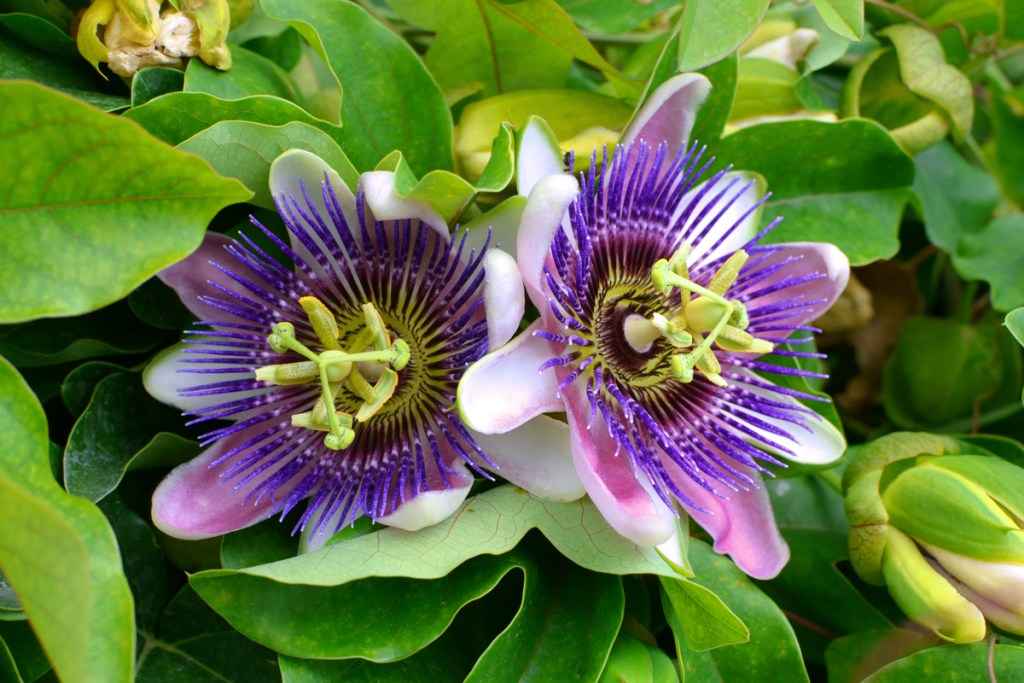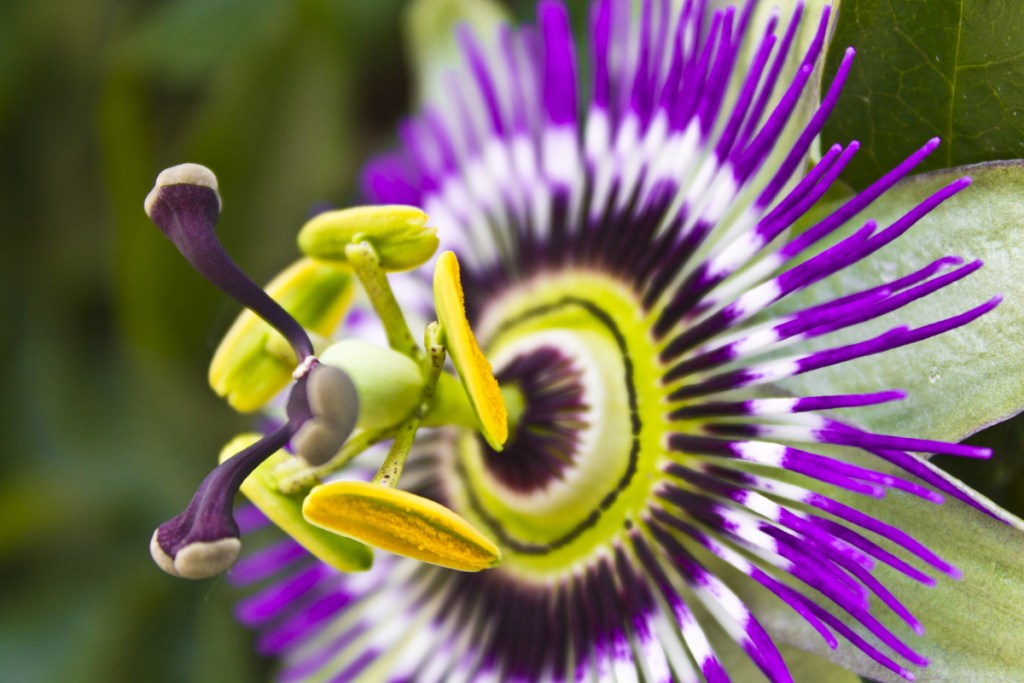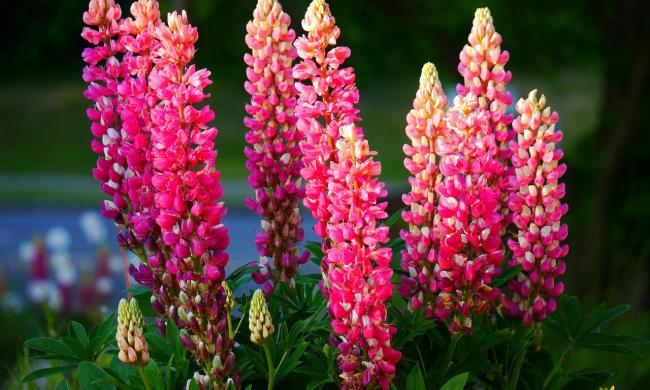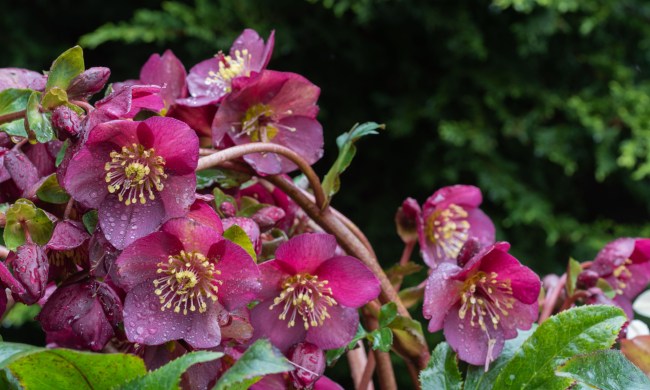The most important thing you need to know when looking up how to care for passion flowers is where you want to grow them. And really, who wouldn’t want to showcase one of these beautiful, exotic plants inside their home? The process for growing and caring for them outdoors is much different than growing in a container indoors; but be advised there are few varieties that will survive winters in the U.S. When in doubt, check your hardiness zone, then come right back here to learn how to grow and care for these beautiful flowers indoors.

Growing passion flower plants indoors
There are over a hundred varieties of passion flower plants, and lucky for you, the only main difference is the color. And they’re pretty easy to grow, too. In an outdoor, native environment, passion flowers can actually become invasive if left unattended. The good news is you won’t have to worry about that when growing in a container indoors.
You’ll need well-draining soil and a pot with good drainage so you don’t risk creating a soggy environment for the roots. If the soil stays too wet, your passion flower will be susceptible to damage from root rot, which could mean the end of that plant. Keep in mind that during the winter, your passion flower may go dormant since it isn’t the growing season. It may not appear as pretty as usual, but don’t throw it out! So long as you’re providing the proper care, it will perk back up come springtime.
Caring for your plant
Caring for a passion flower indoors won’t be too difficult as long as you’re familiar with houseplants. Keep in mind that not every plant is the same, and even plants from similar climates can differ in care. Your passion flower plant should be watered right after potting, and then depending on the conditions, it will only need watering once or twice a week during its growing season.
Keep in mind this can vary depending on things like the amount of light in your home and the level of humidity. They’re known to be heavy feeders, benefitting from a light dose of balanced fertilizer every four to six weeks until the beginning of autumn.
Light and temperature requirements
Light and temperature are extremely important in keeping your passion flower plant happy and healthy. They need a location in the home that has bright, indirect light for around six hours a day. If your home can’t accommodate that but you still want to grow a passion flower, we suggest buying a grow light or two to supplement! Avoiding direct light will keep the plant from getting sunburned, and you should be sure to keep it away from drafty locations.
These plants love warm weather, so make sure you don’t keep your house too cold! A good rule of thumb is that if you’re comfortable, your plants are comfortable. You may also find that you need to increase the humidity in your home if it’s too dry. This can easily be done by filling a tray with small pebbles, adding some water, and placing the tray near the plant.

What to do when it’s time to repot
When it’s time to repot your passion flower plant, you should follow the same steps you did to pot it in the first place (just with a larger container). Make sure you use a soil with good drainage, as well as a pot with a drip tray and hole for excess water to go through. You don’t want the roots to be soggy, but passion flowers do like to have a nice, moist soil. Be careful not to damage the roots when repotting, and don’t forget to water it a bit once it’s in its new home!
Passion flowers, like most houseplants, will be the happiest and healthiest when given proper care. Some plants are more finicky than others, and you’ll find that you’ll perfect how to care for your passion flower the more you do it. You might lose some along the way, and that’s OK! Sometimes it’s a trial-and-error process, and you’ll feel that much more ecstatic when you finally get it right.


